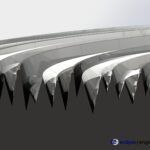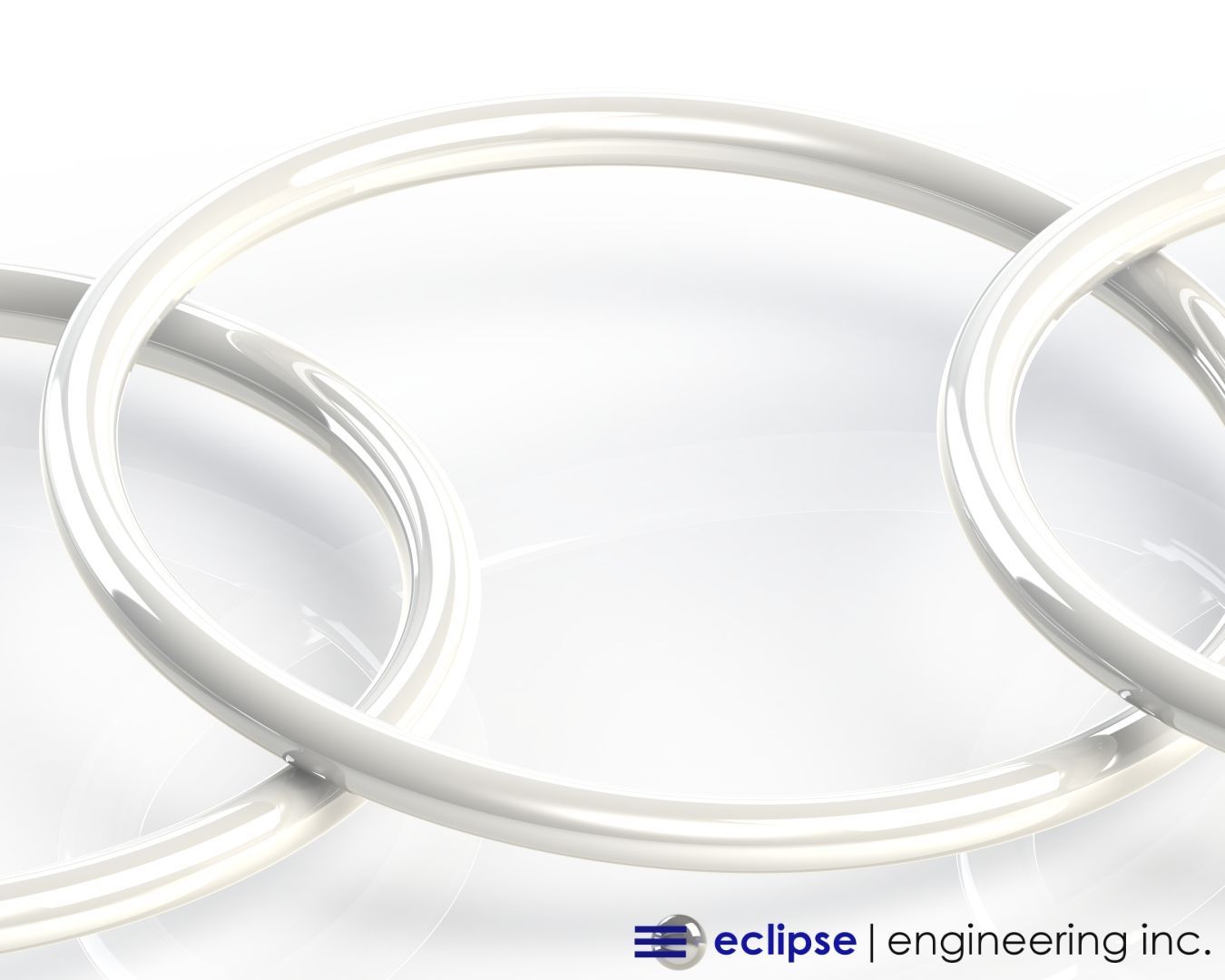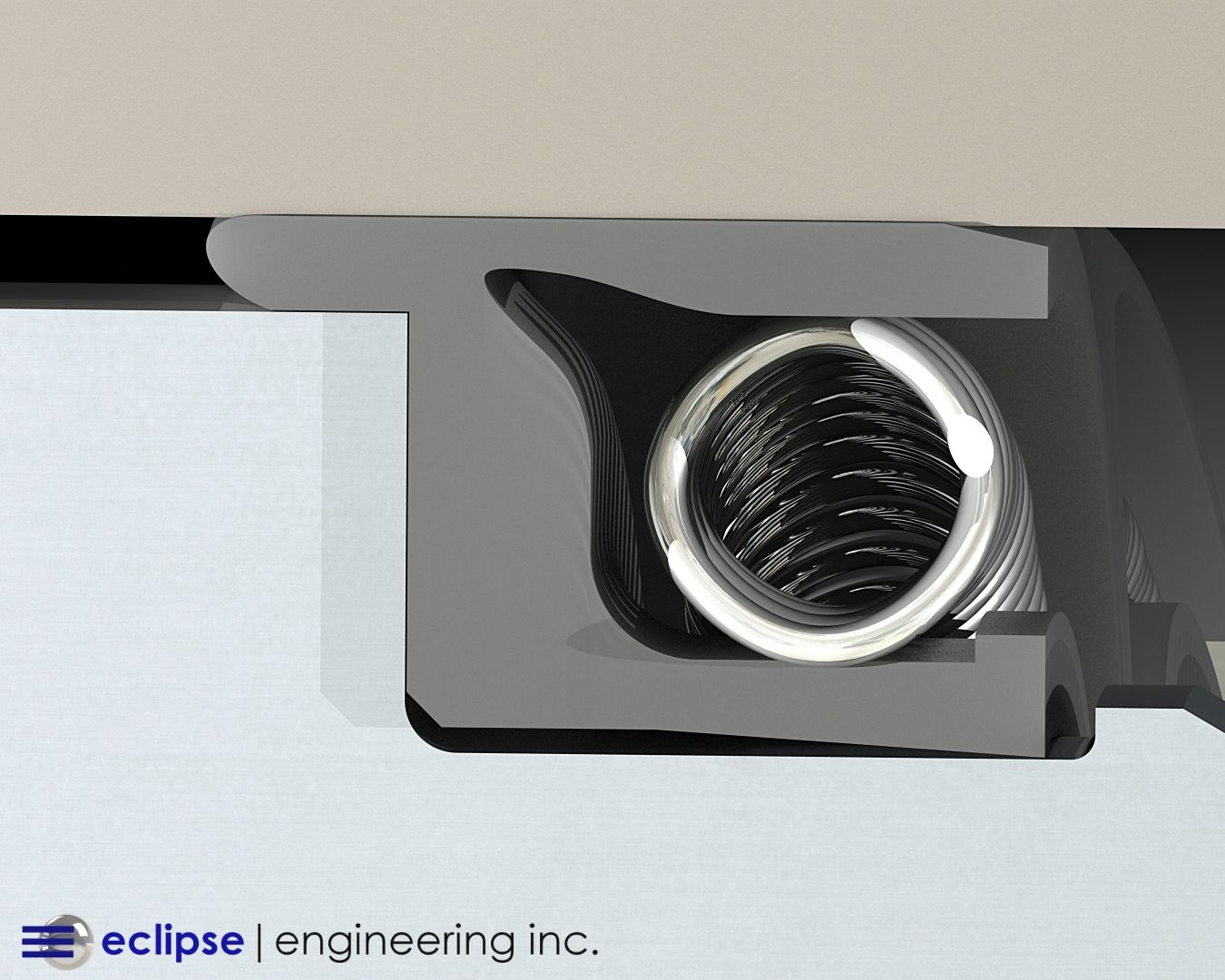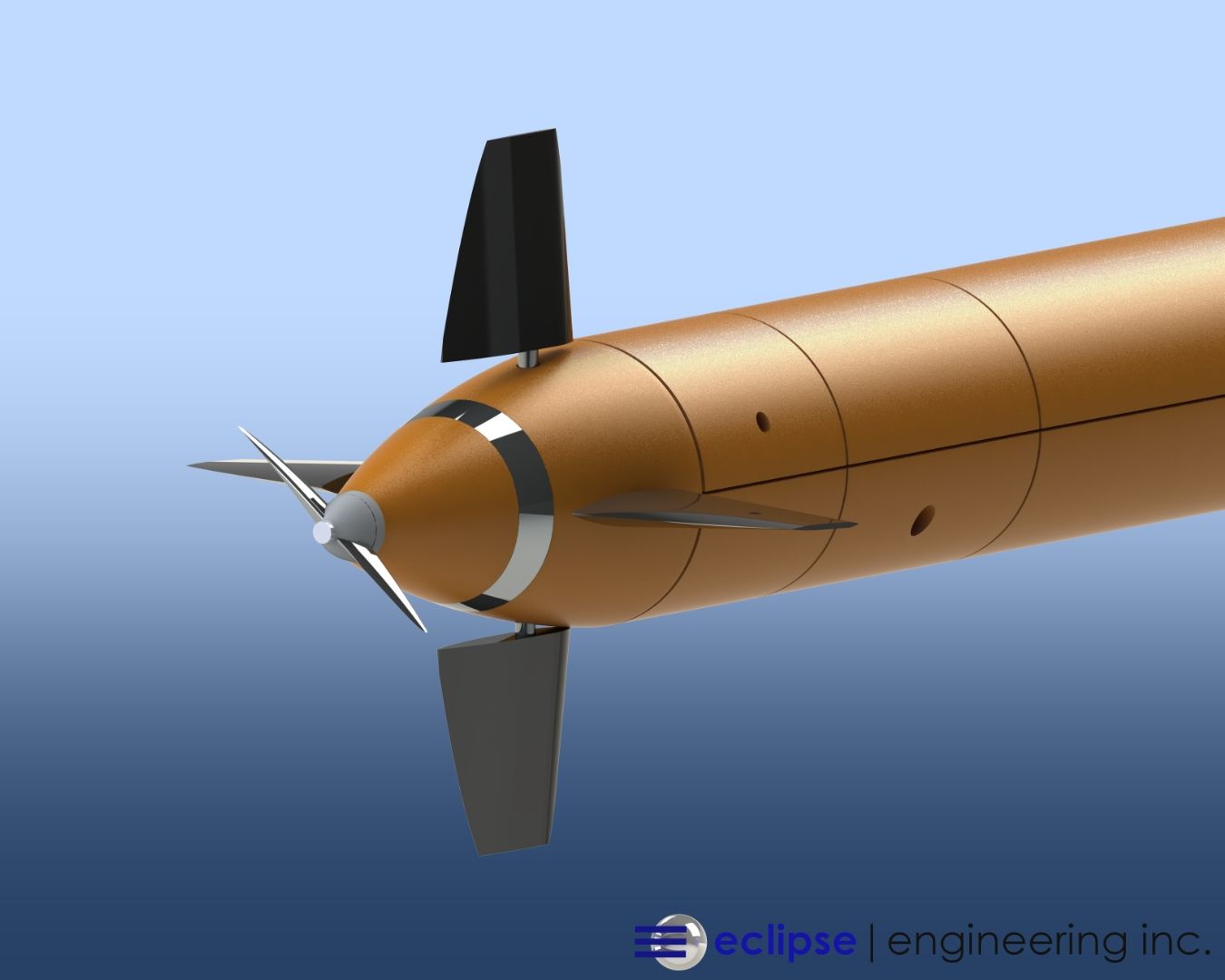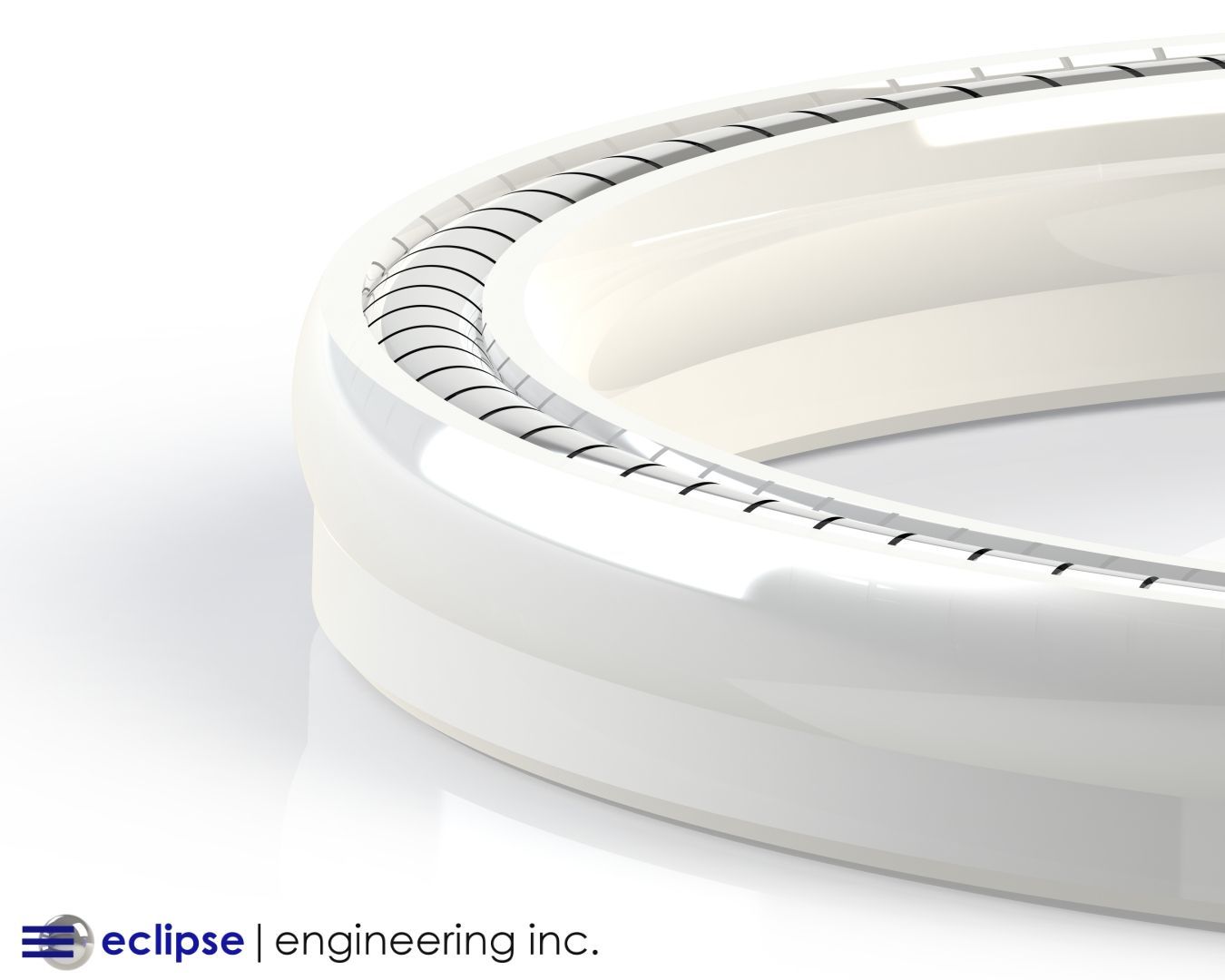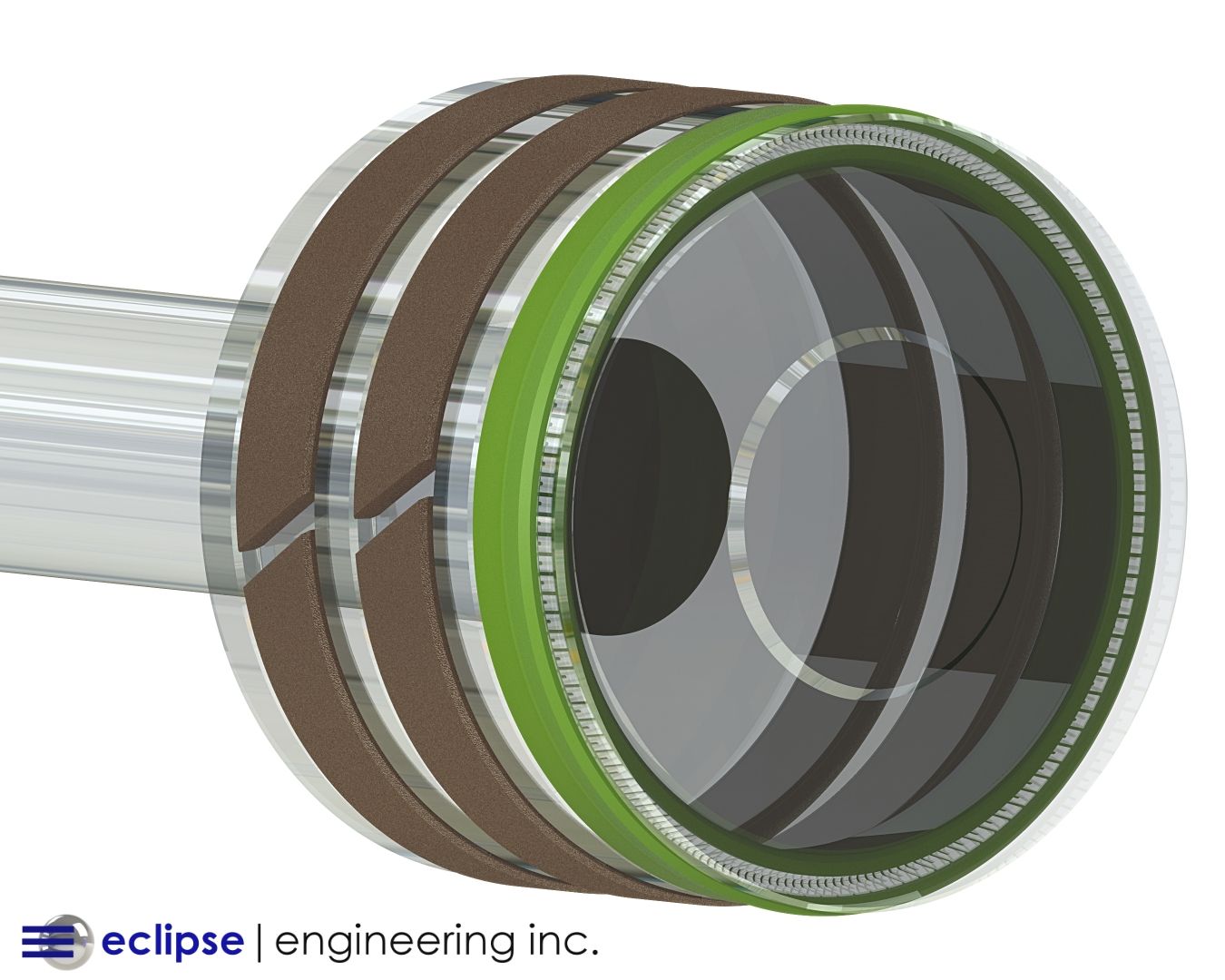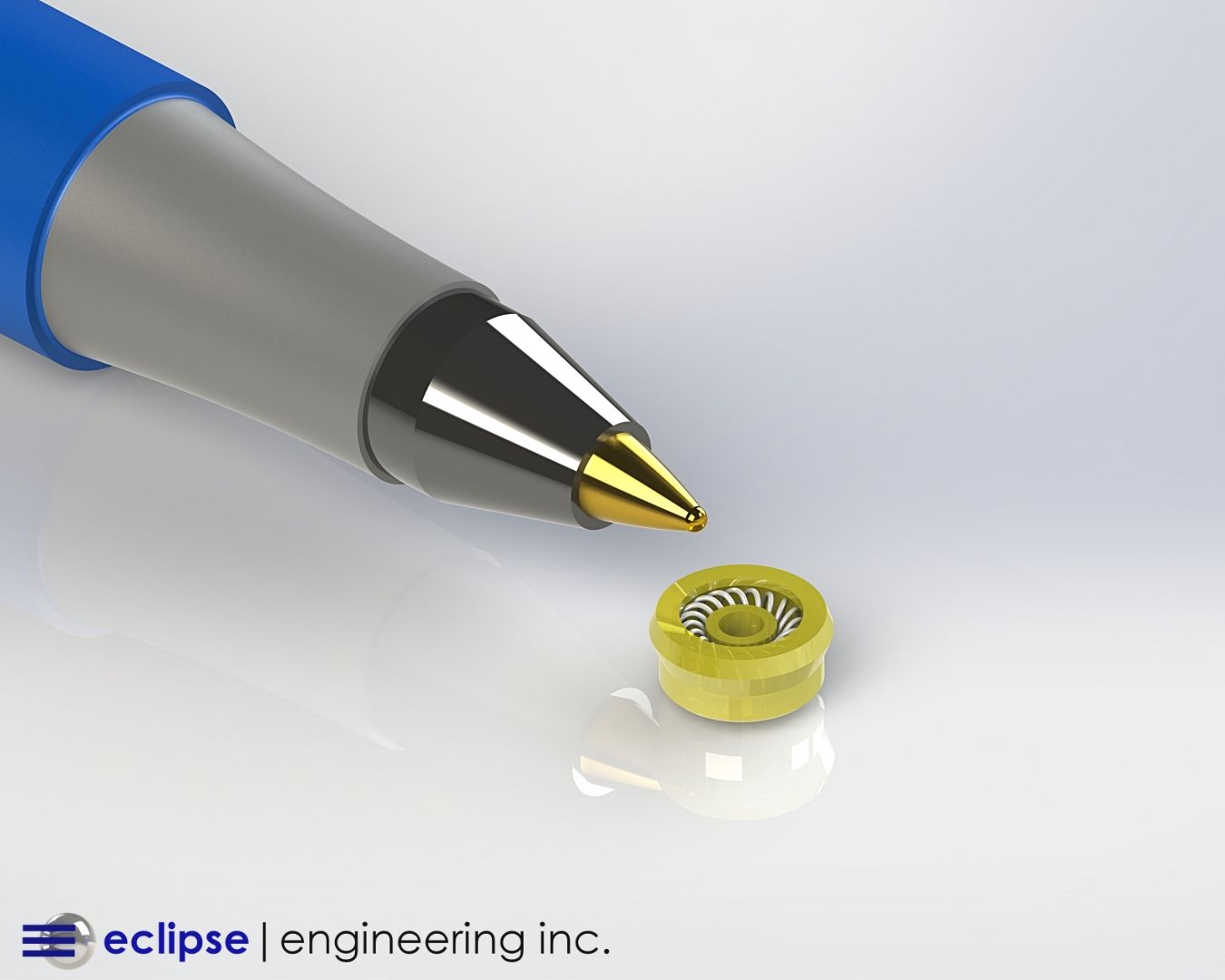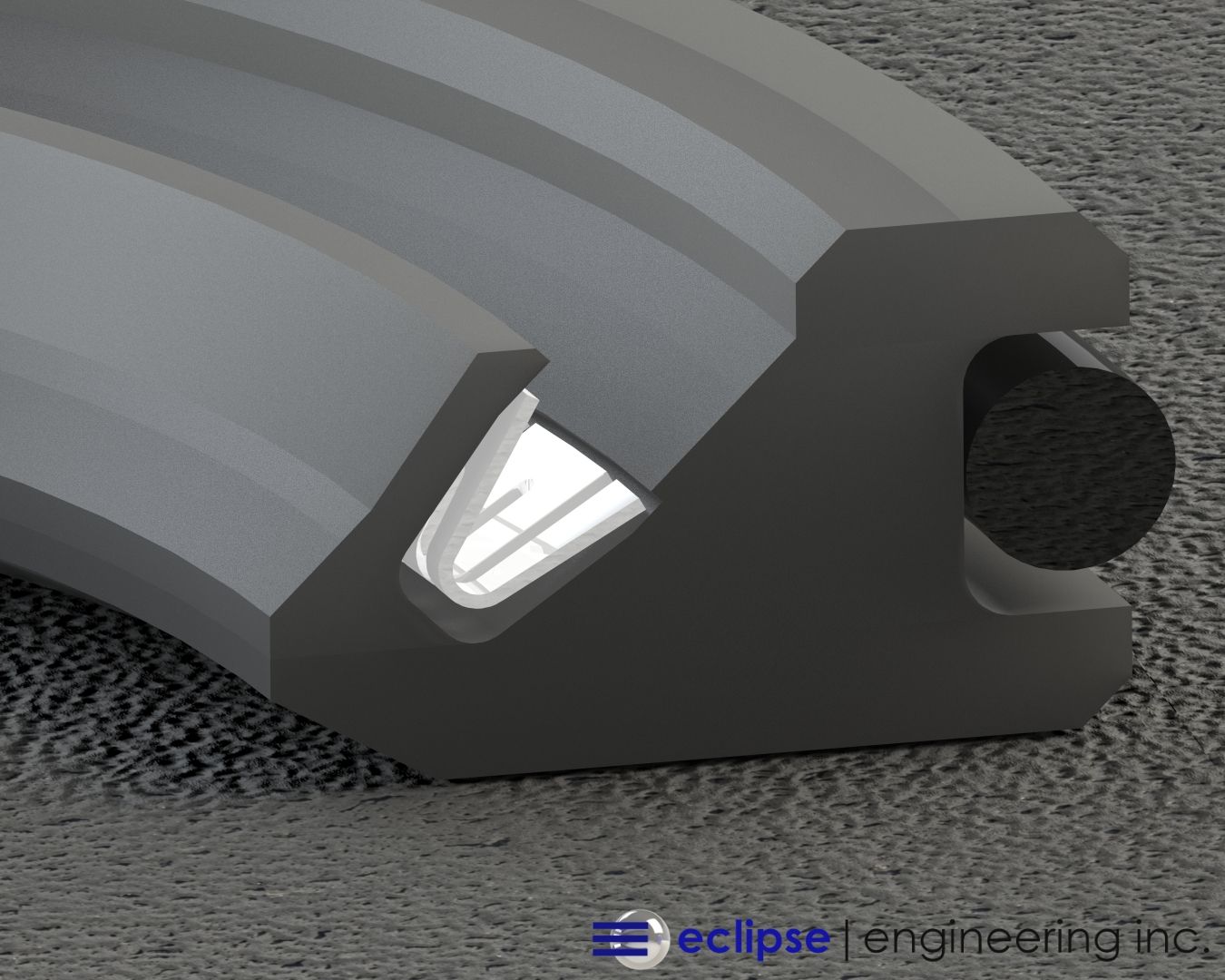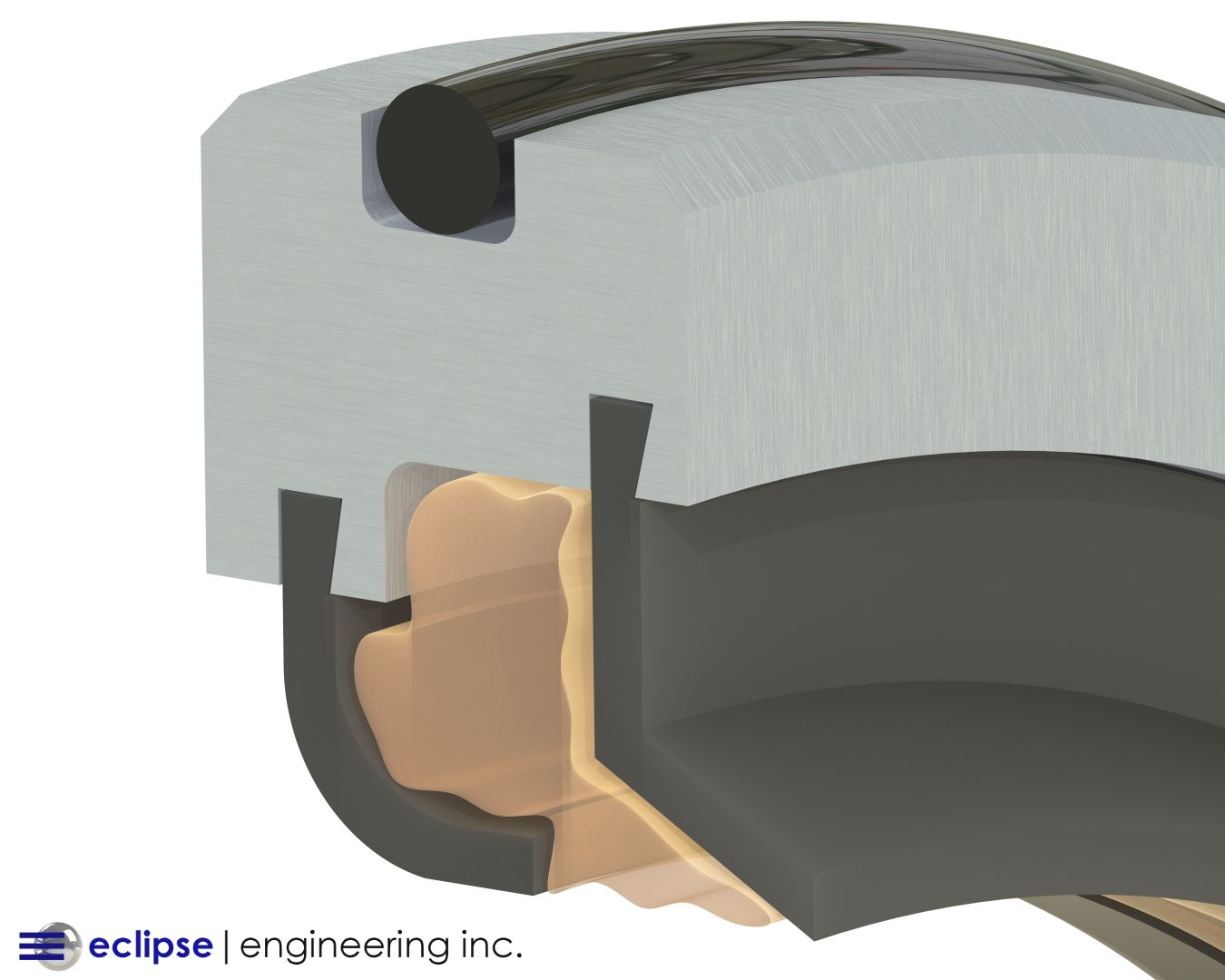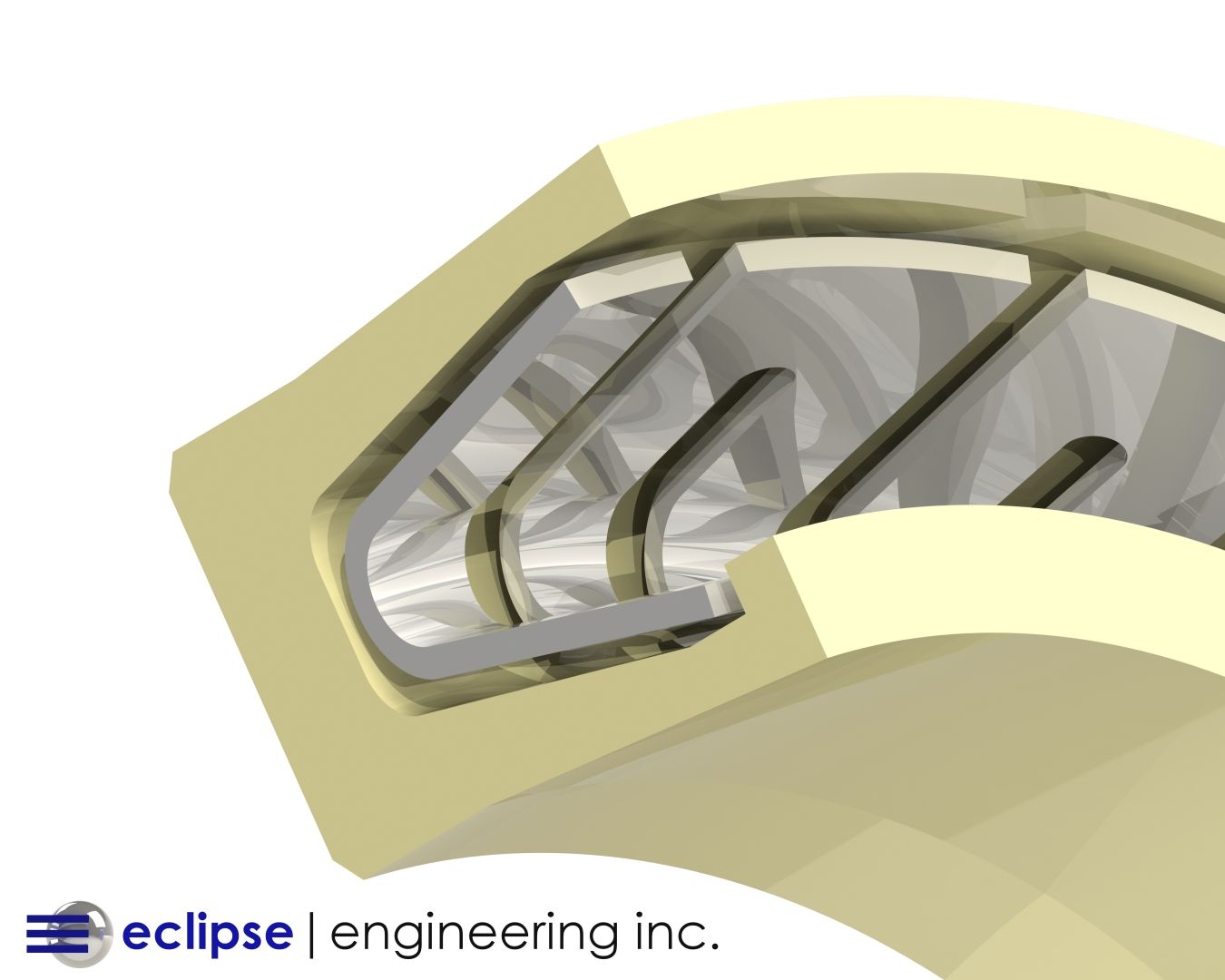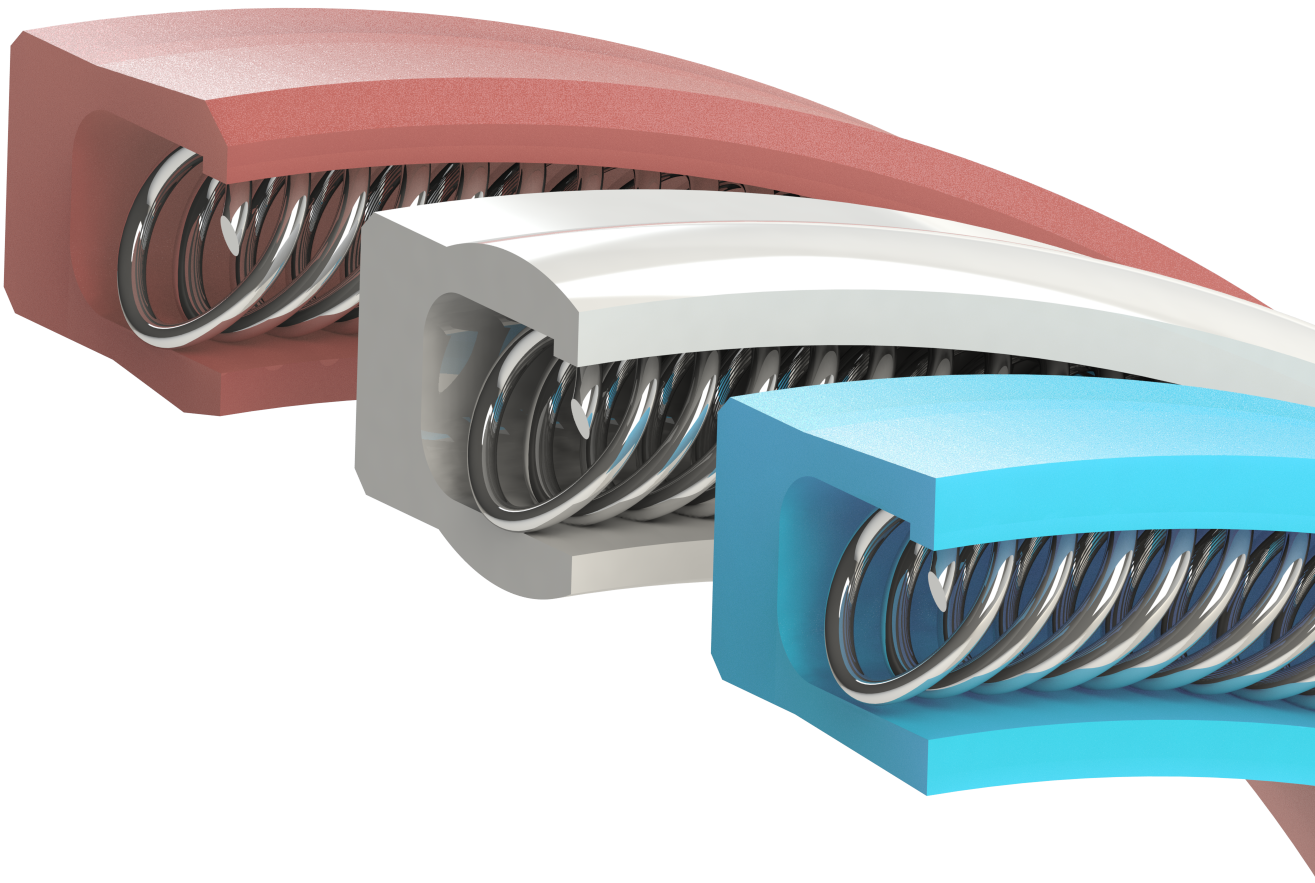Eclipse Engineering Blog
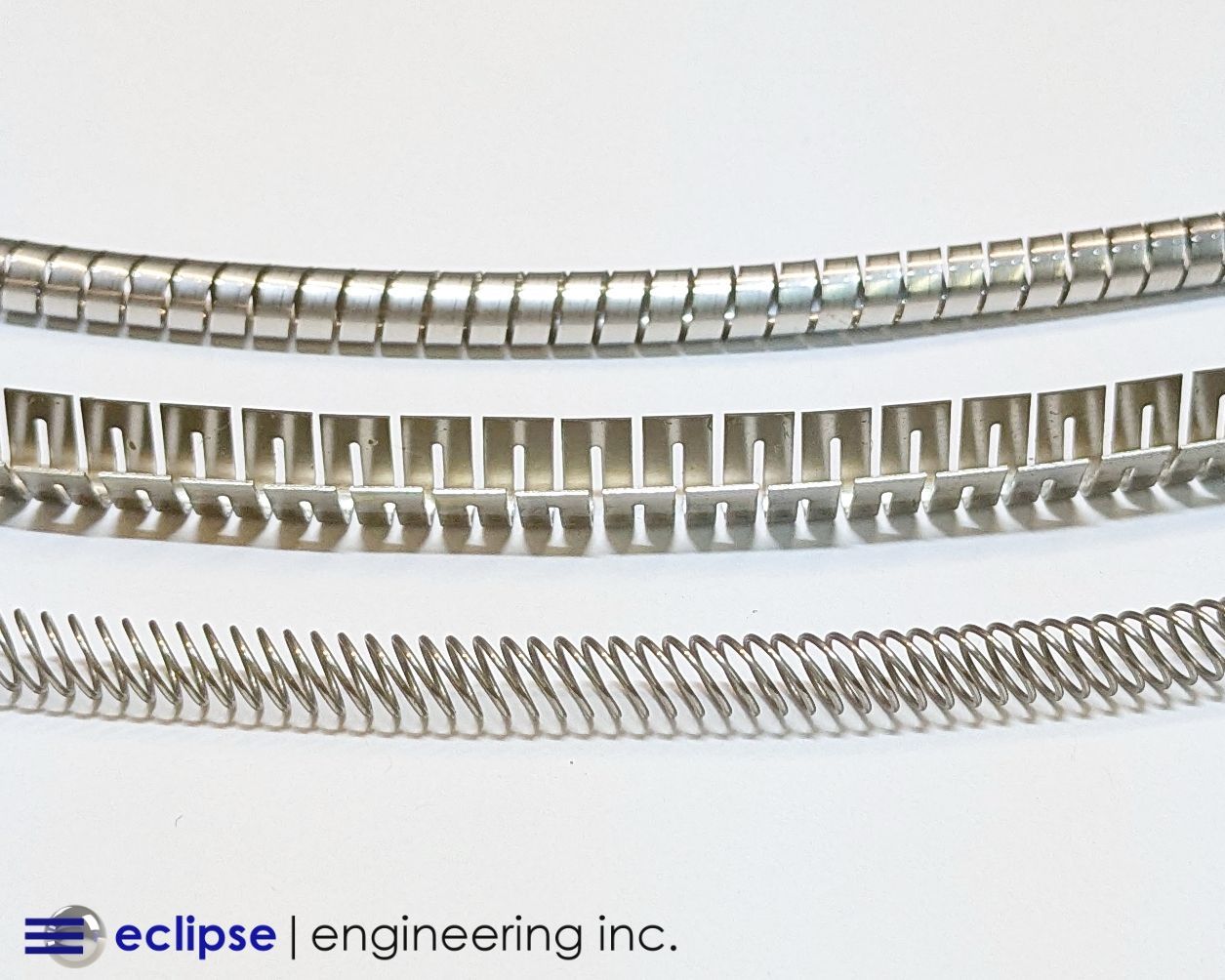
Aside from ball valve seats or non-contact labyrinth seals, PTFE is rarely used without a secondary energizer. This is due to PTFE’s inelastic nature. Unlike urethanes or elastomers which possess an inherent springiness, PTFE is often considered an “unalive” material. Much like a lump of clay, it will not bounce back once deformed. Especially in dynamic applications, this is not a desirable quality. Fortunately, with the addition of a spring or elastomer energizer, all of PTFE’s excellent attributes can be fully exploited in terms of sealing. Much like the rest of the seal industry, Eclipse utilizes three metallic spring energizer types for the seals we manufacture. Canted Coil, Cantilever V-Spring, and Helical. While each spring type ultimately accomplishes the same task, energizing a PTFE or polymer seal jacket, we’ll see that each type has unique properties better suited to certain applications. Figure 1 below shows generalized load versus deflection curves for the three spring types. As you can see, each one is quite a bit different, favoring distinct circumstances and applications. Though, we’ll also find out load curves are not only deciding factor when choosing a spring.
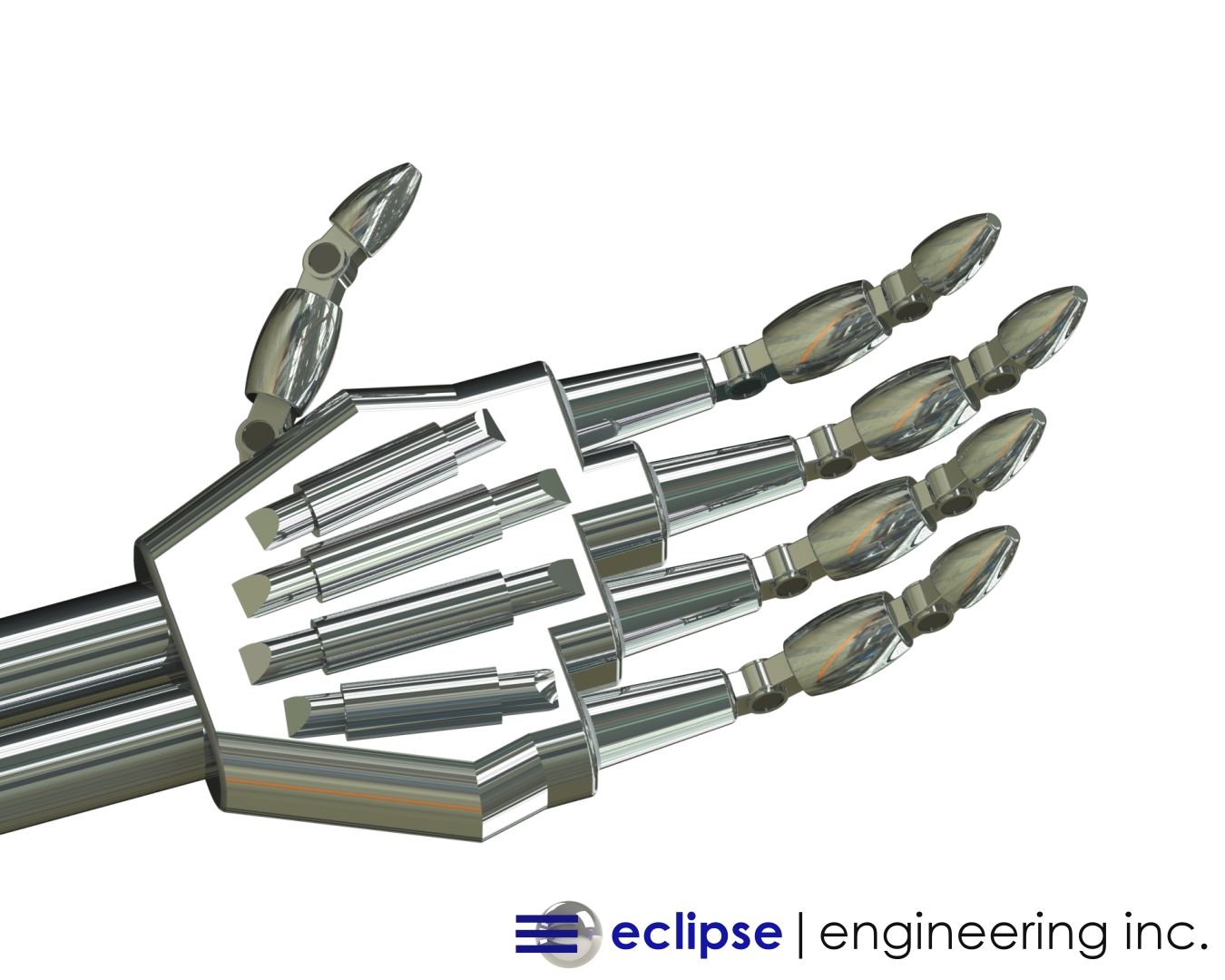
Technological advancements in the area of robotics have led to more and more life-like creations existing only in works of science fiction a few decades ago. Development in autonomous logic processing and sensing allows bipedal robots to walk over uneven ground, up and down stairs, open doors and carry loads. Fast response to dynamic and unpredictable real-world environments is critical for the future use of robots in true-life service and practical employment in the years to come. While software and sensor development remain the primary focus of most research, the physical mechanics of next-gen robotics are also continually progressing. Physical components and control systems such as hydraulic pumps and cylinders, servo motors, and structural members are under pressure to continually be lighter, stronger, more efficient and less expensive. Increased demands on the physical components facilitate the need for innovative solutions in design and material usage. Advancements in construction and technology have spilled into all areas of robotic mechanisms and the many seals located throughout the system need to meet the challenges of tomorrow. Eclipse has been at the forefront of this research and has developed innovative solutions pushing the boundaries of conventional sealing devices. MicroLip™ by Eclipse is a prime example of most demanding applications forging new technologies in the sealing world. The Client's Issue Eclipse was approached by a leading robotics company looking for a sealing solution operating under a challenging set of conditions. While many components of tomorrow’s robotics are now controlled and actuated by servo/stepper motors and various electronic devices, the heaviest and most powerful movements are still driven by traditional hydraulics. The constant demand for more powerful hydraulic actuation in ever deceasing size and weight requirements has put tremendous strain on component design. But if robots are to progress to the point where they are usefully employed in the world, high power in a compact design is necessary. A robot, for example, used to survey and assist in a disaster zone too unstable for normal rescuers, must fit through doorways and over obstacles yet still be physically strong enough to render assistance. Large hydraulic systems are capable of moving extremely heavy loads but size and weight constraints of a humanoid size robot limit potential. The robot’s internal power supply to drive all components is also a limiting factor. Our client was developing a new hydraulic pump to drive all major motion aspects of their robotic systems. Their main objective was to minimize the pump’s physical size as much as possible while increasing output and improving power consumption efficiency. This means higher pressures and speeds on increasingly smaller and lighter components. Application Parameters: Shaft Diameter: Ø9.5mm Seal Housing Envelope: 5mm radial cross-section by 6mm axial width Rotational Speed: 3,500 RPM nominally; 6,000 RPM max Operating Pressure: 125 PSI min, 225 PSI nominal, 350 PSI max Surface Finish: 0.04µm Media: Hydraulic Oil While the above combination of pressure and speed might present difficulties for any conventional seal alone, the client’s extremely small physical envelope to house the seal further complicated the matter. If that wasn’t enough, the application presented the additional sealing challenge of up to 0.003” [0.08mm] of shaft runout. As part of the downsizing of all components in the pump, shaft support bearings were minimized leading to the possibility of runout. The wobbling effect of the shaft creates problems as the sealing lip has follow a moving, uneven mating surface, therefore potential leak-paths are created. Wear life can also be compromised due to higher concentrations of uneven loads. The combination of high pressure, high speed, high runout and minimal gland size present a worst-case scenario for a typical seal. Unsurprisingly, the client faced leakage of hydraulic fluid after only short periods of service with any conventional seal they had tested. Eclipse knew the had the perfect solution for this application. One developed to handle such extreme rotary sealing conditions: MicroLip™.
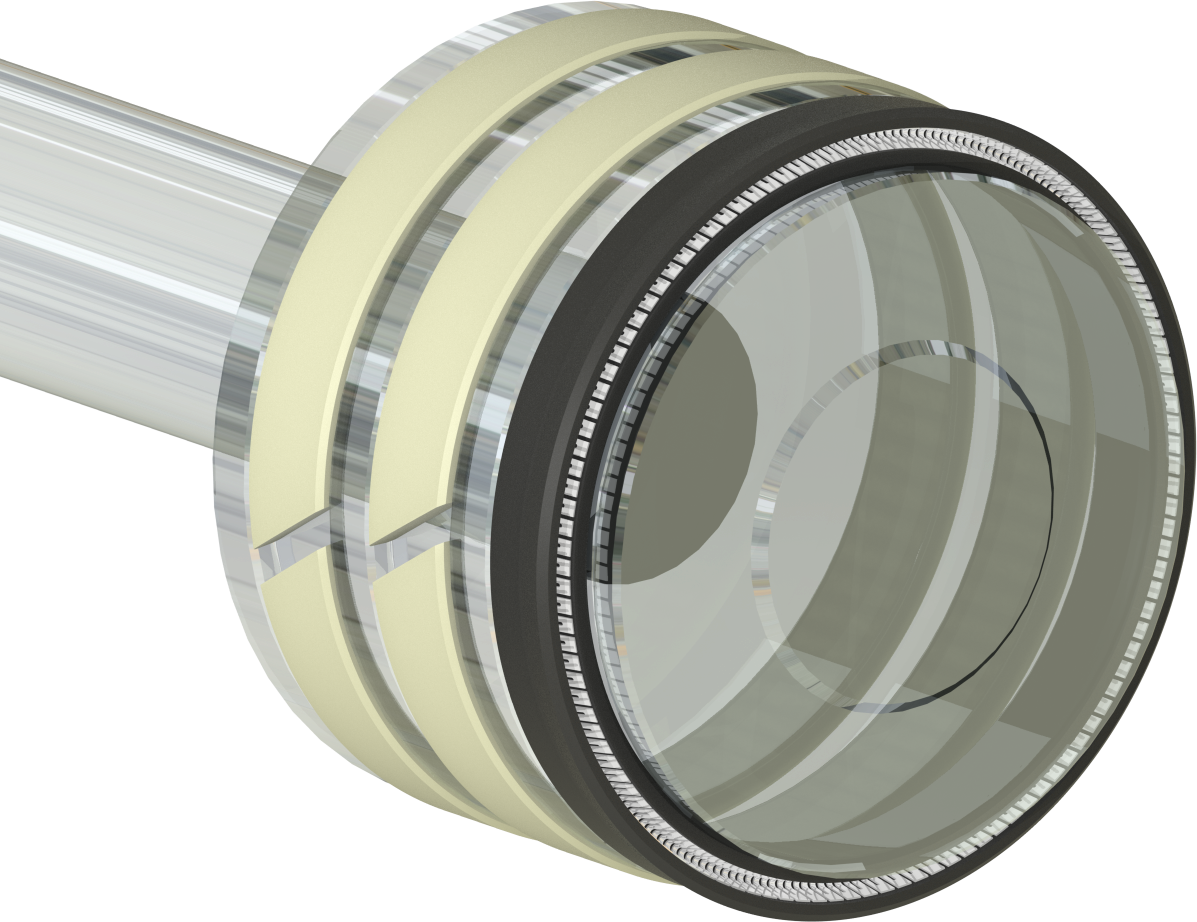
"We started Eclipse with the premise that if we could solve enough of our customers problems they would continue to come back to us for solutions regardless of the type of products we offered."
What Can We Help You With?
Start a project request form and give us the specifics of your project. Our team will review and be in touch with you shortly!

